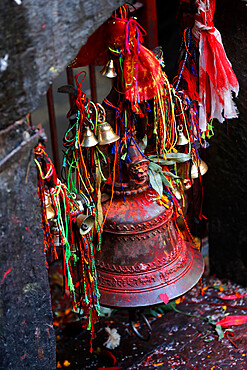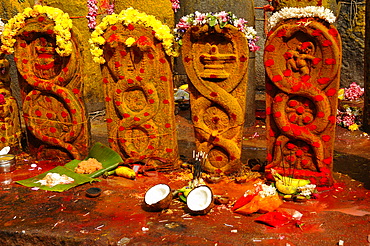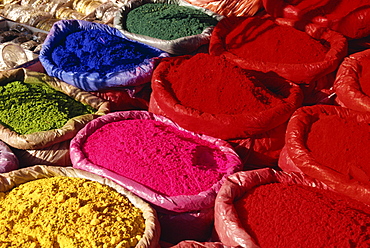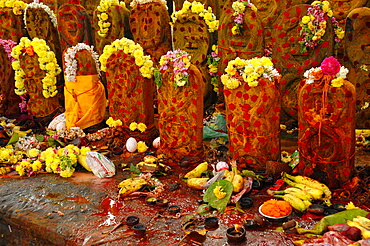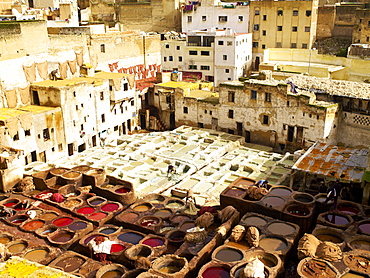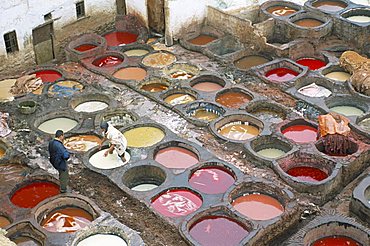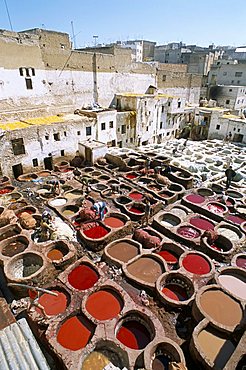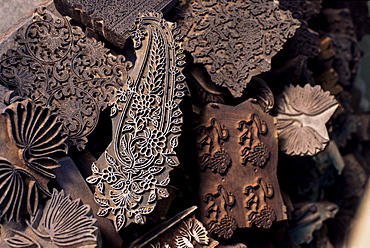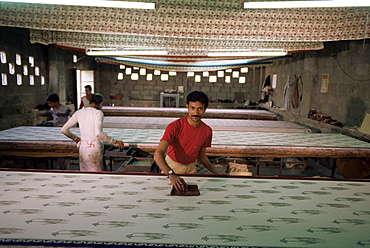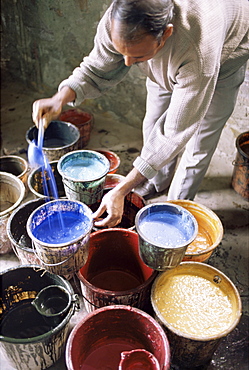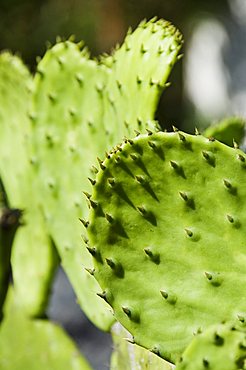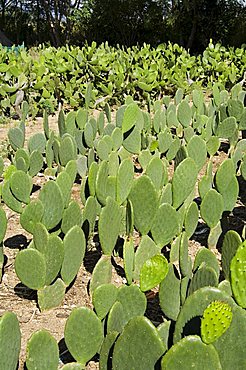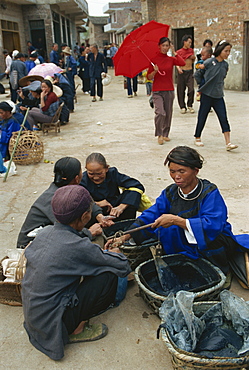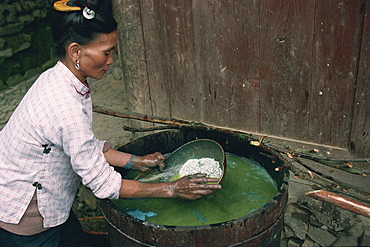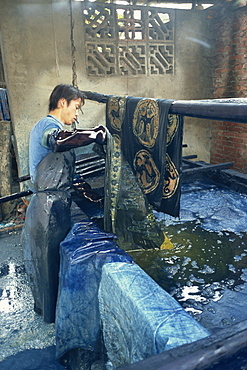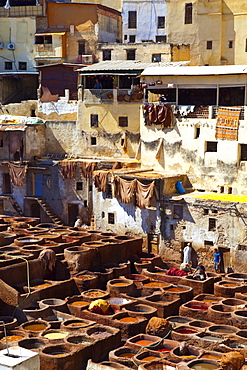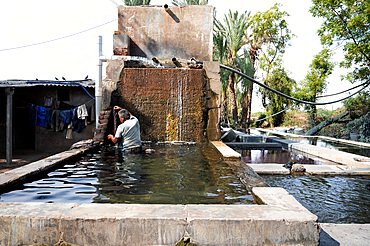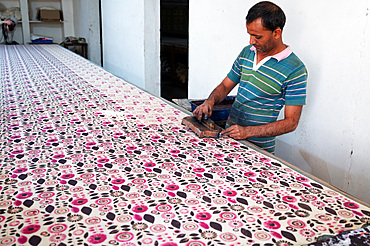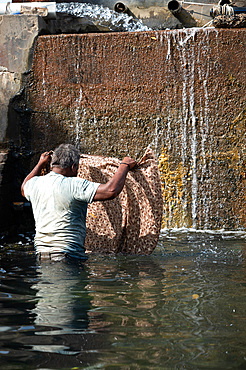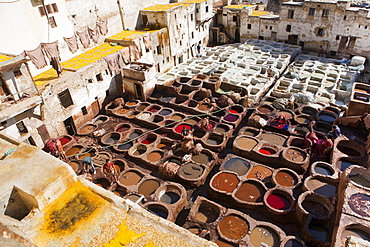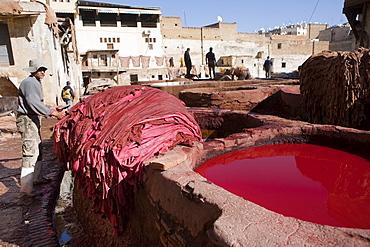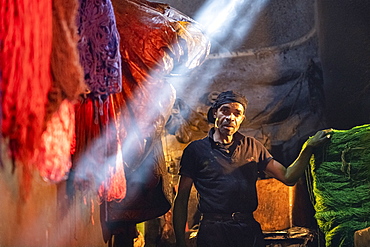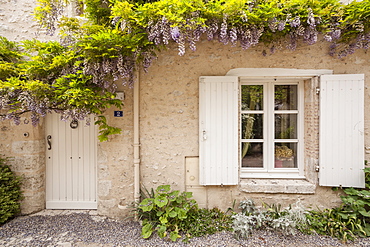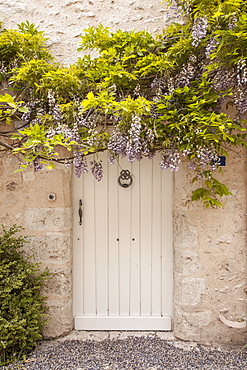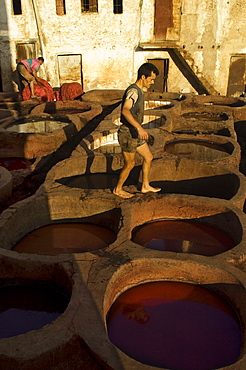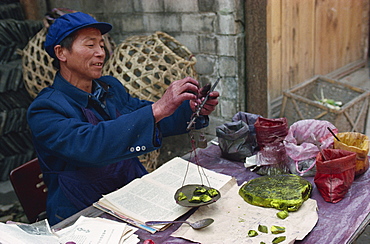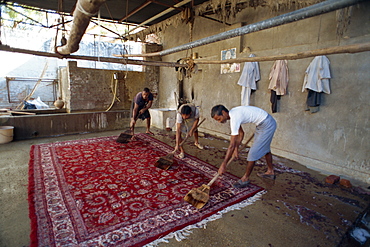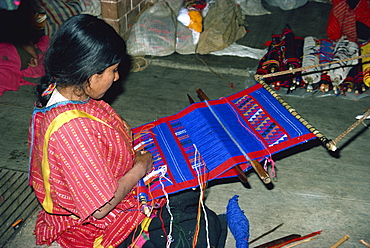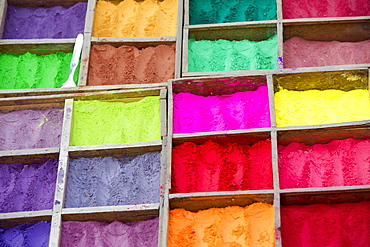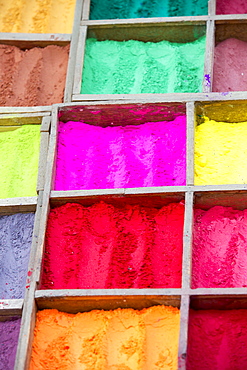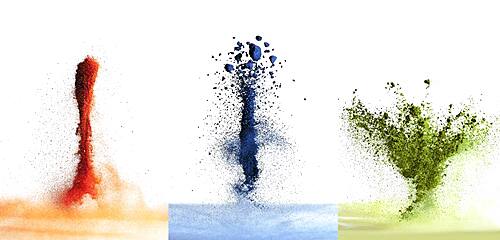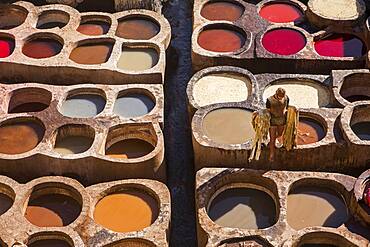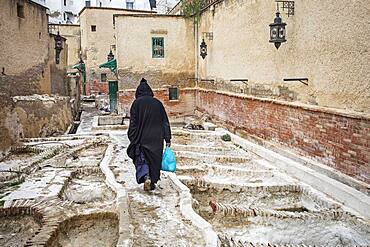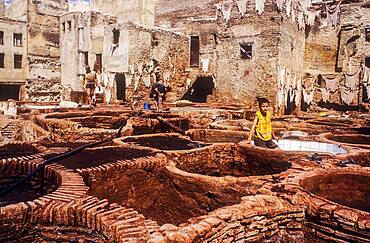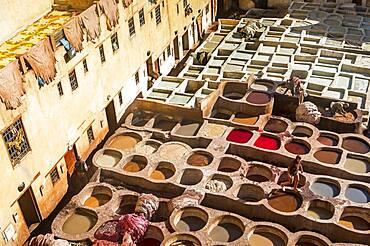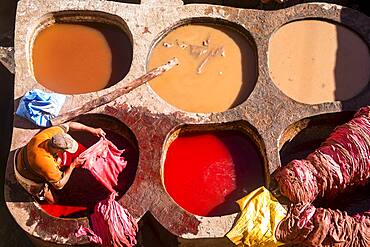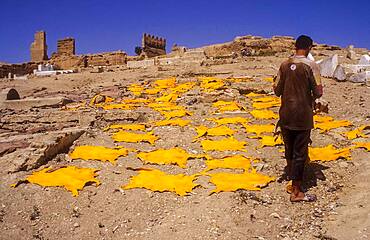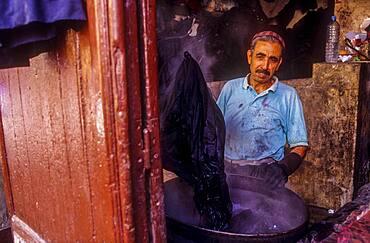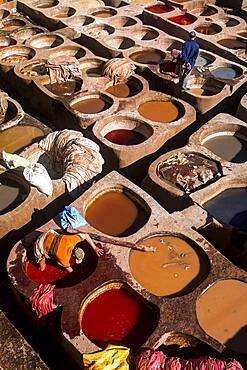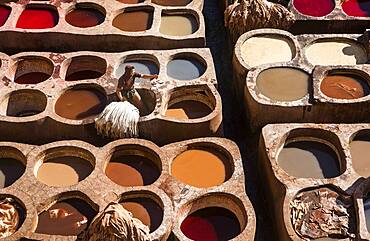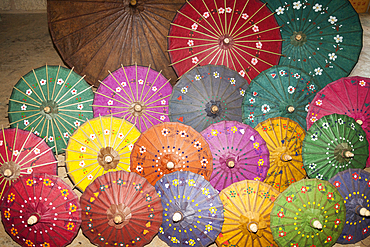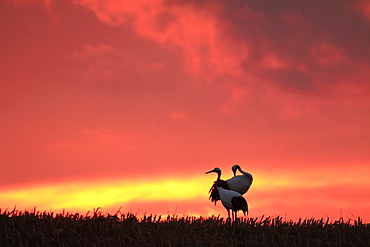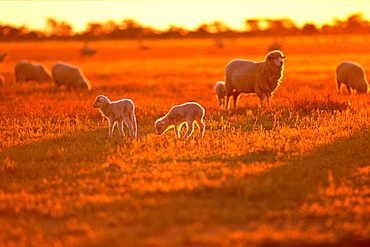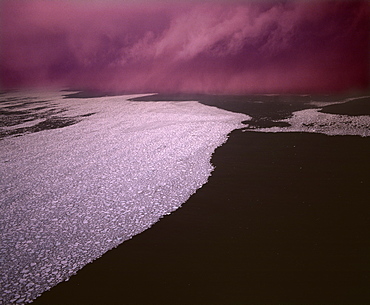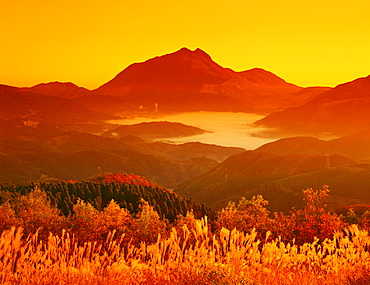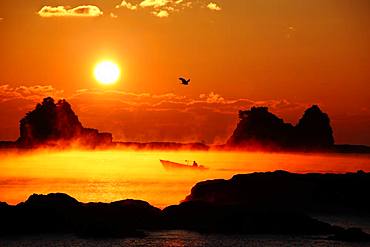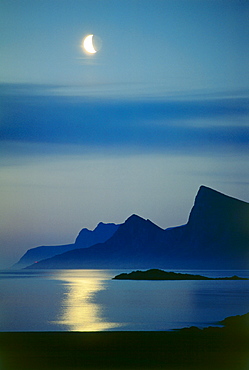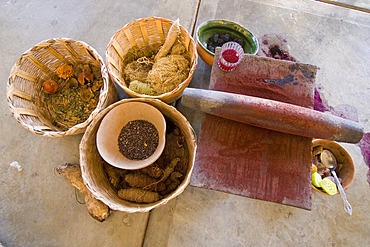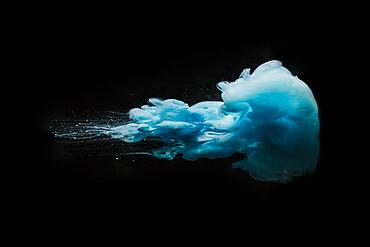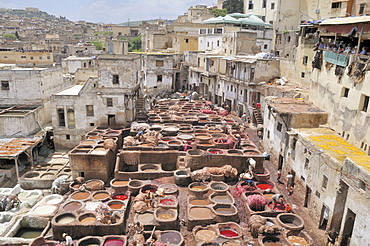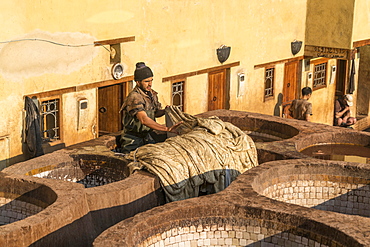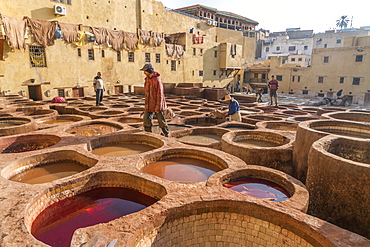Results
« Previous 1 2
142 results found
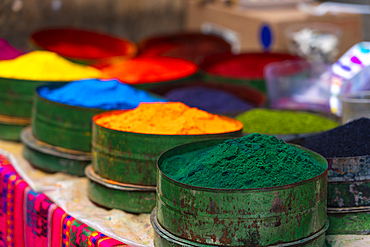
Close-up of colorful powdered pigments used as natural textile dye, Pisac market, Pisac, Sacred Valley, Urubamba Province, Cusco (Cuzco) Region, Peru, South America
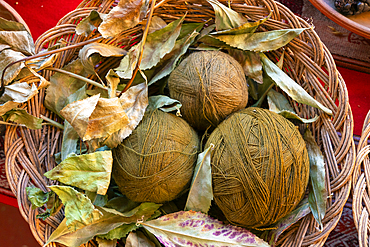
Brown balls of wool and dried leaves as natural dye, Chinchero, Sacred Valley, Urubamba Province, Cusco (Cuzco) Region, Peru, South America
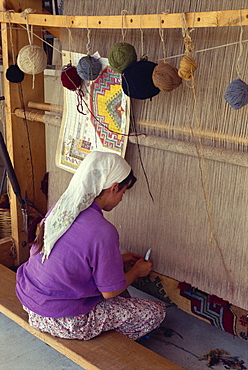
Woman weaving in a village carpet cooperative, using natural organic and vegetable dyes, at Mumcular, Anatolia, Turkey, Asia Minor, Eurasia
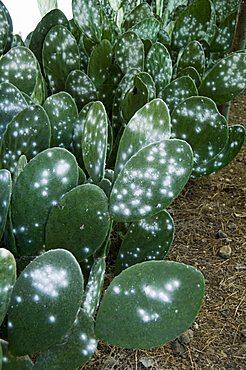
Infested pads of cactus used to raise the Cochineal beetle for making red dye, Oaxaca, Mexico, North America
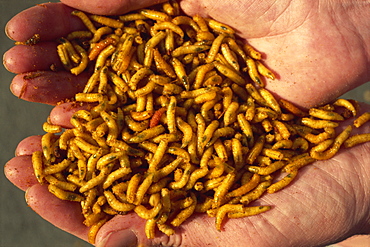
Maggots for fishing bait, bred on maggot farm, dyed yellow by dye added to offal feed, Nottingham, Nottinghamshire, England, United Kingdom, Europe
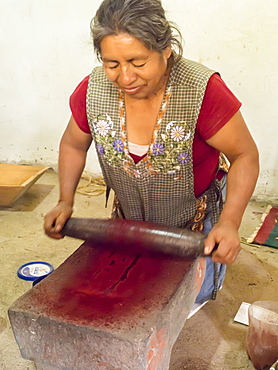
Zapotec woman grinding insects to make valuable cochineal dye, Teotitlan del Valle, Oaxaca, Mexico, North America
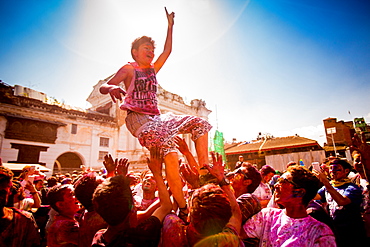
Boy being thrown in the air during the Holi Pigment Throwing festival in Durbar Square, Kathmandu, Nepal, Asia
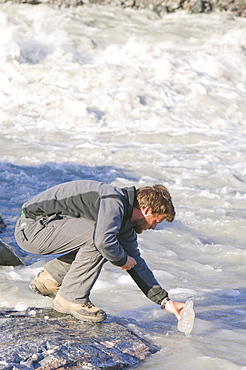
PHD scientist Ian Bartholomew using dye tracing techniques as part of a study to measure the speed of the Russell Glacier near Kangerlussuaq in Greenland, Polar Regions

PHD scientist Ian Bartholomew using dye tracing techniques as part of a study to measure the speed of the Russell Glacier near Kangerlussuaq, Greenland, Polar Regions
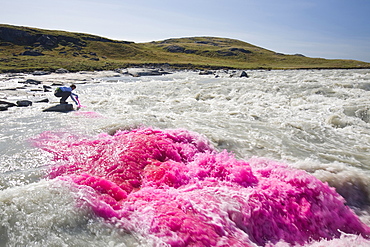
PHD scientist Ian Bartholomew using dye tracing techniques as part of a study to measure the speed of the Russell Glacier near Kangerlussuaq, Greenland, Polar Regions
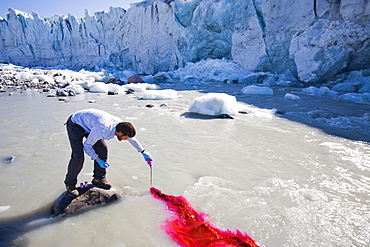
PHD scientist Ian Bartholomew using dye tracing techniques as part of a study to measure the speed of the Russell Glacier near Kangerlussuaq, Greenland, Polar Regions
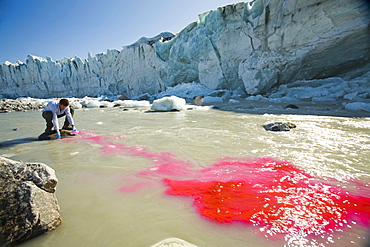
PHD scientist Ian Bartholomew using dye tracing techniques as part of a study to measure the speed of the Russell Glacier near Kangerlussuaq, Greenland, Polar Regions
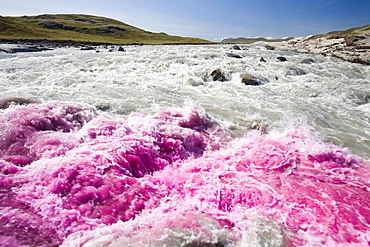
PHD scientist Ian Bartholomew using dye tracing techniques as part of a study to measure the speed of the Russell Glacier near Kangerlussuaq, Greenland, Polar Regions
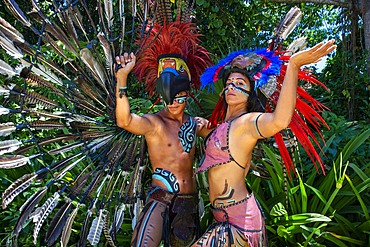
Mexican aztec dress gods at Grand Palladium White Sand Resort and Spa in Riviera Maya, Yucatan Peninsula, Quintana Roo, Caribbean Coast, Mexico.
Aztec clothing was generally loose fitting and did not completely cover the body. When the Spanish arrived in Mexico, the people were surprised to see them in their full armour, with only their faces exposed.
Aztec clothes were generally made of cotton (which was imported) or ayate fiber, made from the Maguey Cactus (also called the Century Plant or American Aloe). Women would weave the fibers into clothing, a task girls were taught as young teenagers. Because of their vast trading network, the Aztecs were able to make use of a beautiful array of dyes, creating the brilliant

Mexican aztec dress gods at Grand Palladium White Sand Resort and Spa in Riviera Maya, Yucatan Peninsula, Quintana Roo, Caribbean Coast, Mexico.
Aztec clothing was generally loose fitting and did not completely cover the body. When the Spanish arrived in Mexico, the people were surprised to see them in their full armour, with only their faces exposed.
Aztec clothes were generally made of cotton (which was imported) or ayate fiber, made from the Maguey Cactus (also called the Century Plant or American Aloe). Women would weave the fibers into clothing, a task girls were taught as young teenagers. Because of their vast trading network, the Aztecs were able to make use of a beautiful array of dyes, creating the brilliant
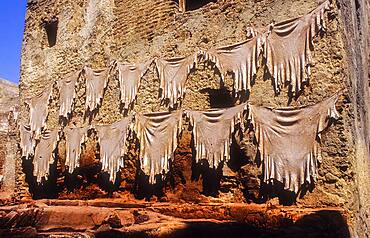
Hung skins for to dry them in the sun,Tannery, Medina, UNESCO World Heritage Site, Fez, Morocco, Africa.
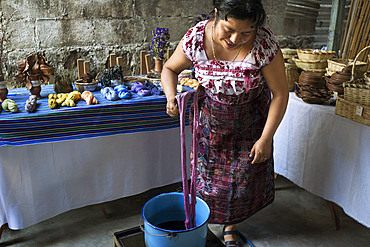
A Mayan woman use natural dyes to color fabrics. Ixoq Ajkeem comunity, San Juan La Laguna, Solol√°, Guatemala. Santiago Atitlan, lake Atitlan, Guatemala.
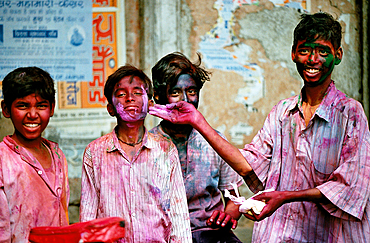
Indian boys celebrating Holi with stroing colors in the faces and on their clothes. Shot in Jaipur, India

Cactus field for breeding lice for natural dyes in Guatiza, prickly pear (Opuntia ficus-indica), Lanzarote, Canary Islands, Spain, Europe
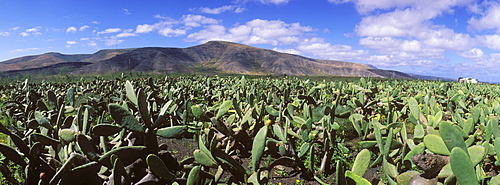
Cactus field for breeding lice for natural dyes in Guatiza, prickly pear (Opuntia ficus-indica), Lanzarote, Canary Islands, Spain, Europe
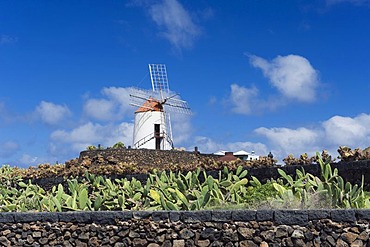
Wind mill, cactus field for breeding lice for natural dyes in Guatiza, prickly pear (Opuntia ficus-indica), Lanzarote, Canary Islands, Spain, Europe
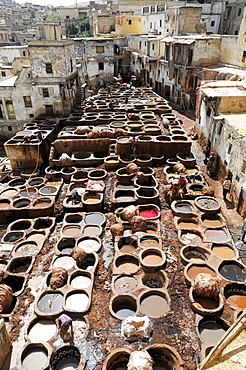
Workers, Tanner's Quarter or Dye Pits of Chouwara in Fez El Bali, Medina, a UNESCO World Heritage Site, Fez, Morocco, Africa
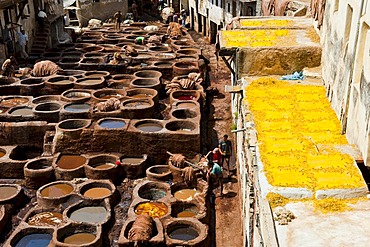
Traditional tannery with dyeing pits, dyed leather spread out on the surrounding rooftops to dry, historic town centre or Medina, UNESCO World Heritage Site, Fez, Morocco, Africa

Hairdresser in a hairdressing salon dying strands of hair with aluminium foil, North Rhine-Westphalia, Germany, Europe
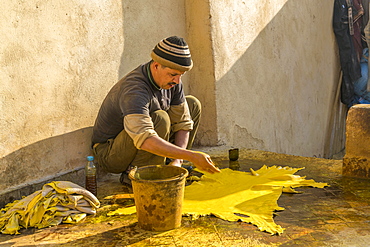
Leather tanners, leather is dyed yellow, dyeing, Tannerie Chouara, tannery- and dye quarter Fes el Bali, Fez, Morocco, Africa
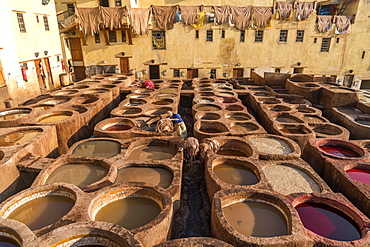
Leather dyeing tanks, dyeing plant, Tannerie Chouara tannery, Fes el Bali tannery and dyeing district, Fez, Morocco, Africa
